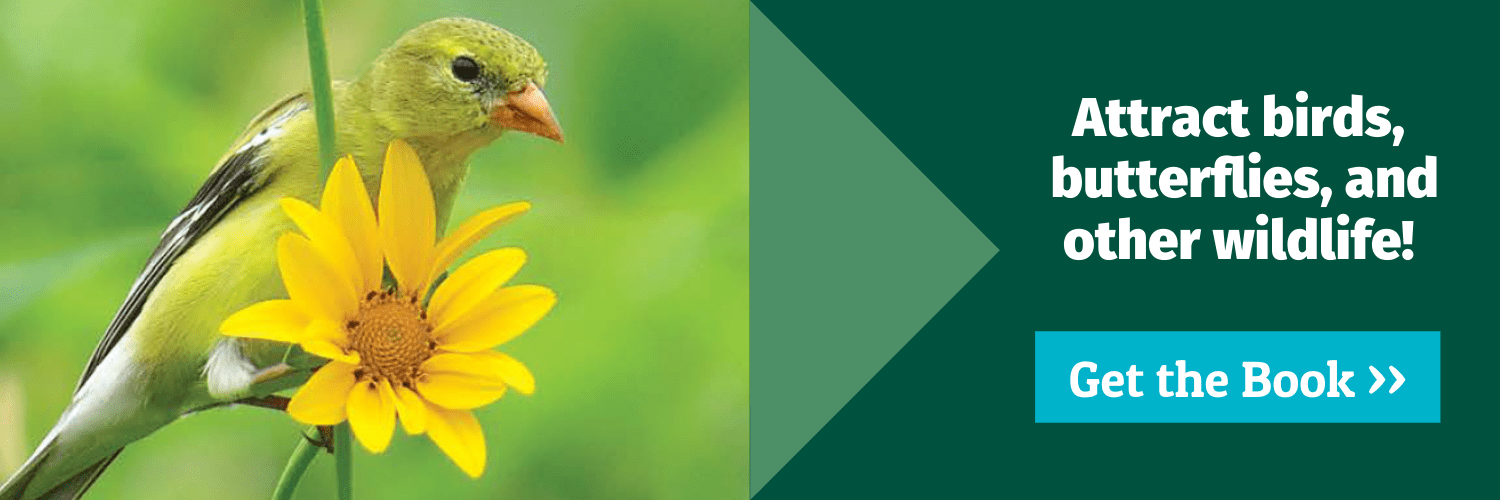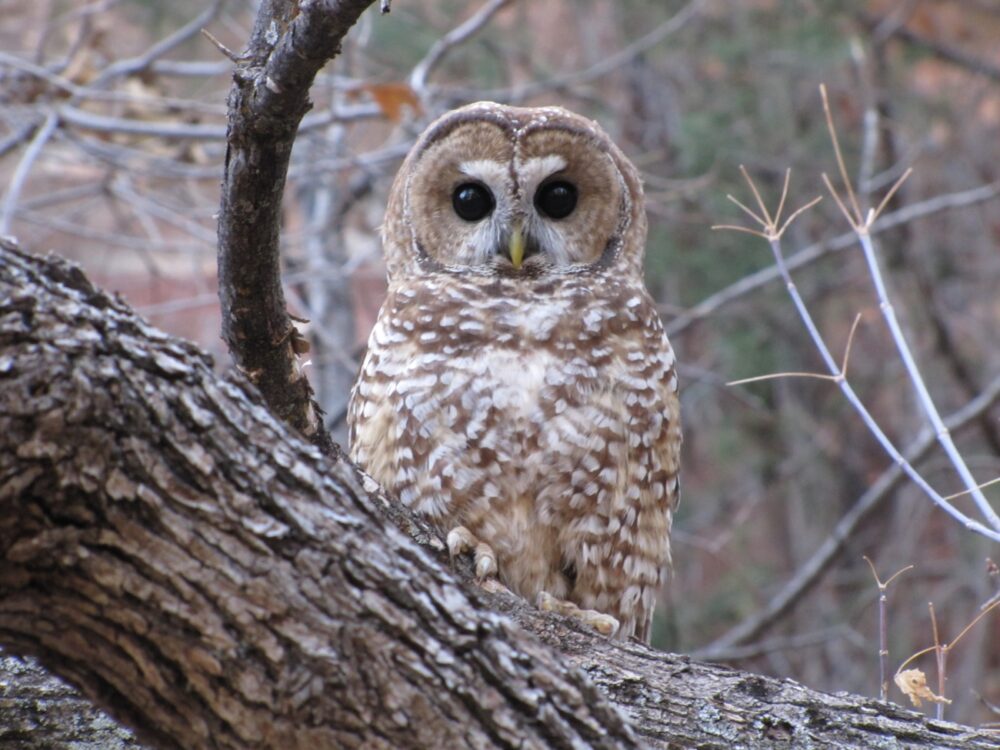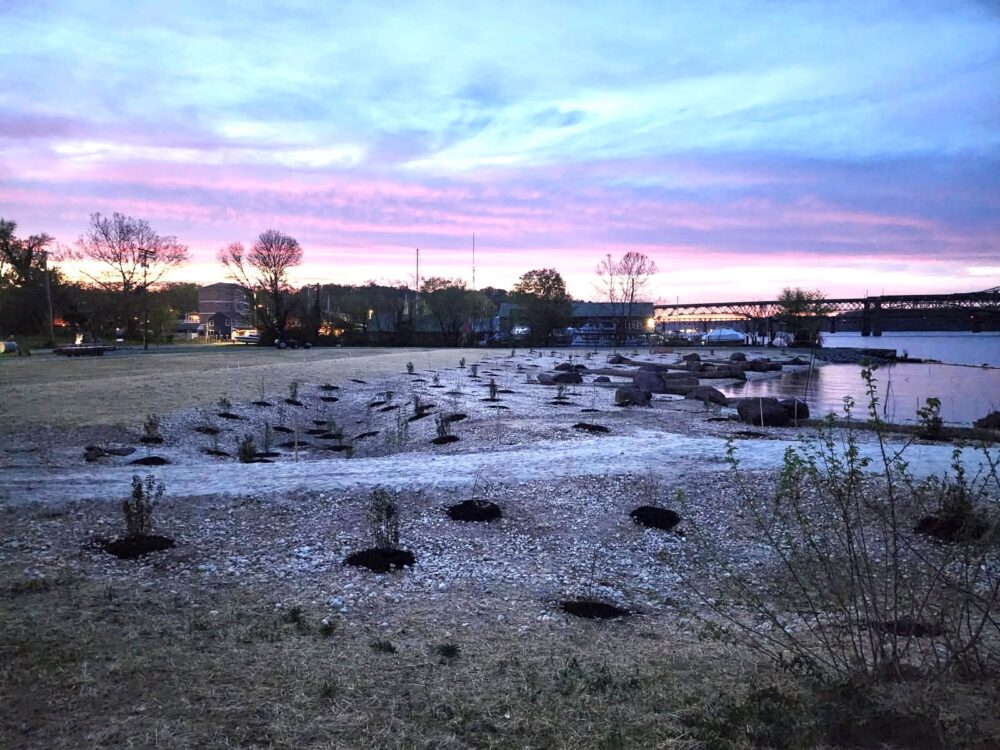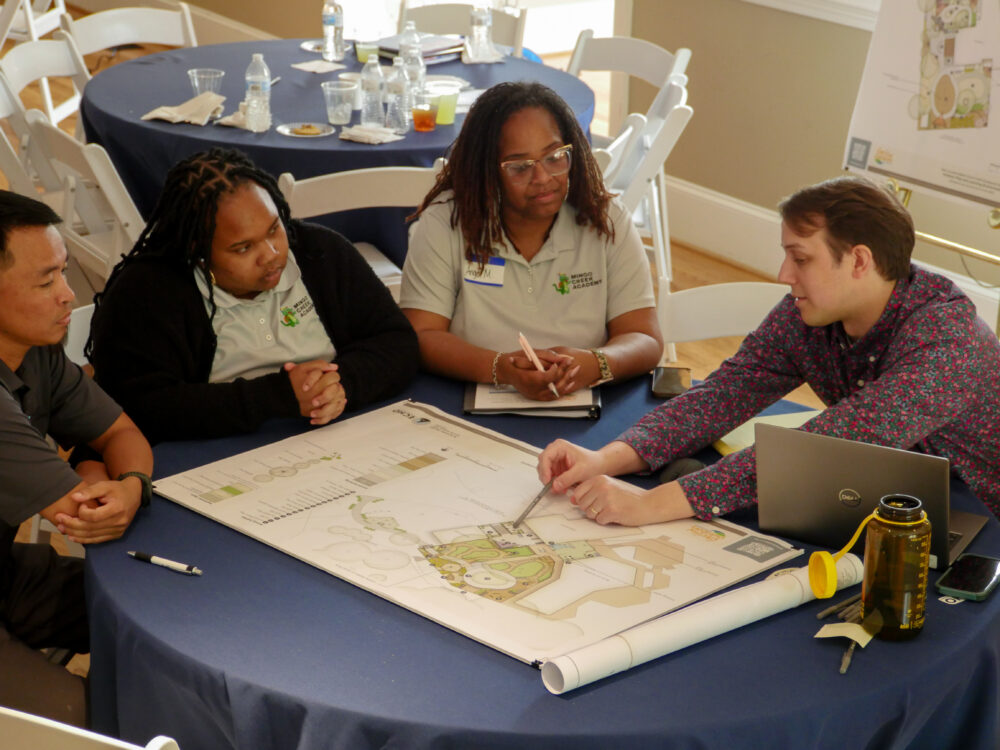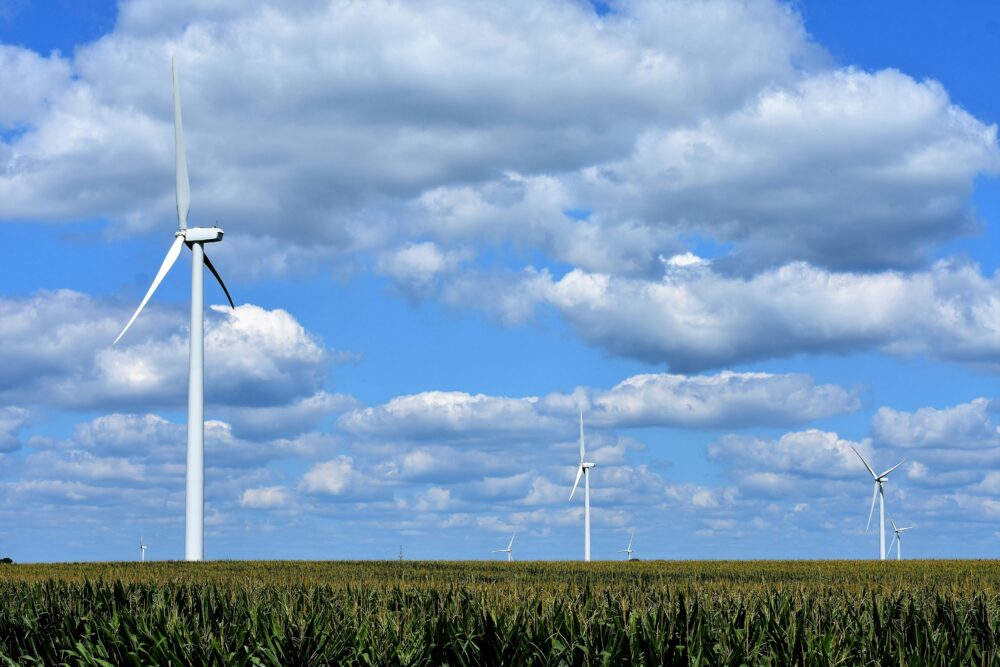We have much more to do and your continued support is needed now more than ever.
Making Sense of Butterfly Declines
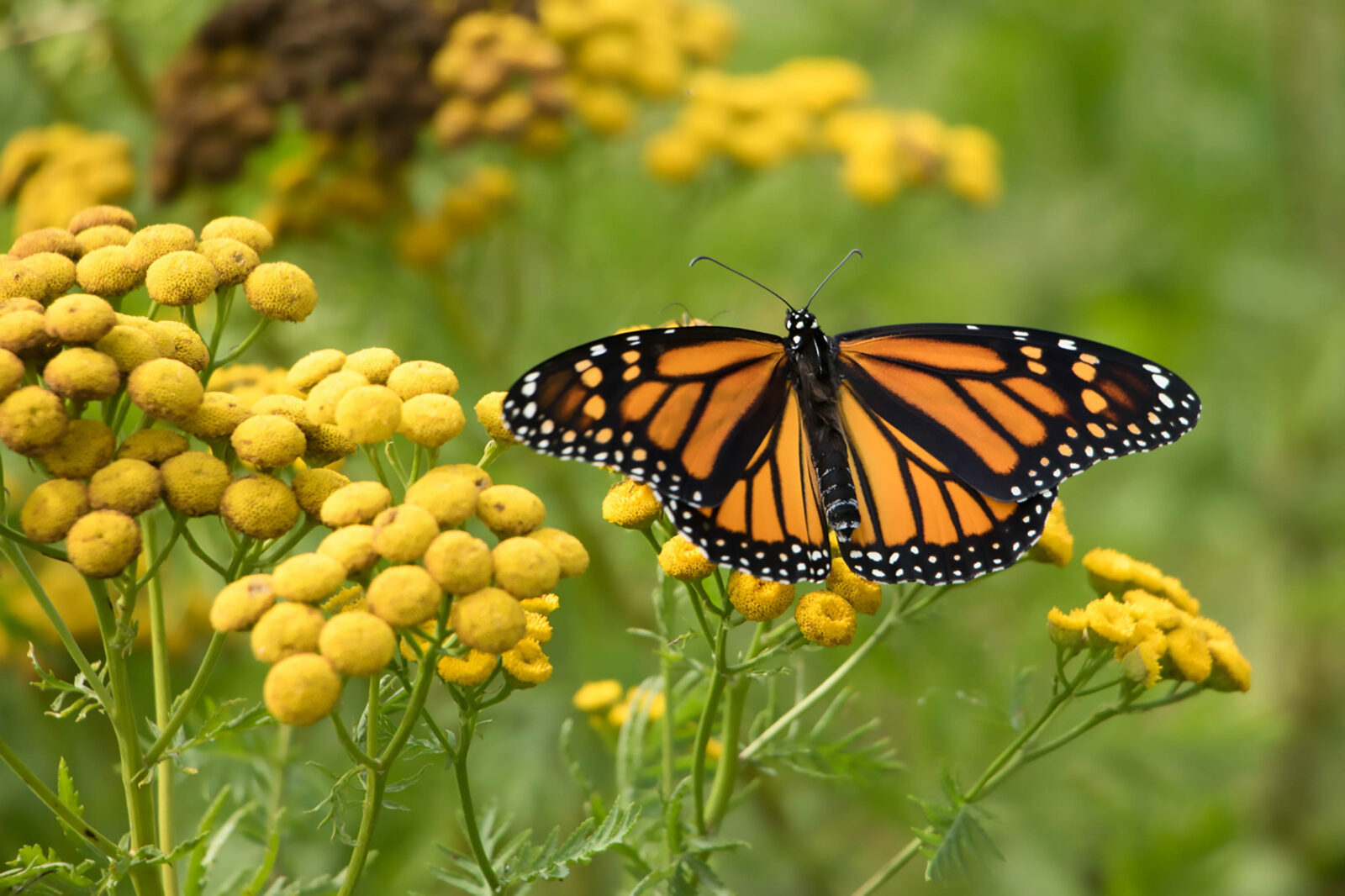
Butterflies have been in the news lately. In December 2024 the U.S. Fish and Wildlife Service announced the proposed listing of the monarch butterfly as a threatened species under the Endangered Species Act. There are two populations of monarchs in the U.S. separated the Rocky Mountains, and both the western and eastern populations would be protected if the listing goes through.
Early in 2025, the count for the western monarch butterfly population was released, and the numbers were grim, underscoring the need for the monarch listing. This news was followed by a new study published in the journal Science, which showed a stark decline in the overall butterfly population across the United States, not just monarchs.
Most recently, the population size for the eastern monarch butterfly population was released—and it showed a big increase over last year, causing many to scratch their heads in light of the proposed listing of the species and the recent science.
So what’s actually going on? Are butterflies declining or not? It’s a fair question. If you’re just reading the headlines, it’s understandably confusing and seemingly contradictory. But it’s really pretty simple to make sense of it. Here’s what’s going on.
Bottom line: Butterflies are in Real Trouble
The bottom line is that butterflies are in real trouble, including the monarch.
The study published in Science showed that over the past two decades, the total number of butterflies across 554 species has plummeted by 22%. That means a loss of about one butterfly out of every five observed since 2000. This alarming trend underscores the severity of the decline, with many species experiencing drastic reductions in their populations.
This winter of 2024-2025 was the second-worst on record for the western monarch since the population survey began in 1997. Researchers and community scientists counting western monarchs overwintering in California found their numbers had declined by 96% compared to last year, dropping dramatically from 233,394 monarchs in 2023 to just 9,119 in 2024. The predictions for the western monarch are dire, with a 98% to 99% probability of extinction within 60 years.
At the same time, the latest numbers for the eastern monarch butterfly population show a much-needed increase over last year’s numbers. This winter, the eastern monarch population occupied twice as much area in the overwintering areas in Mexico, reaching 4.4 acres.
However, despite this good news, even the eastern monarch’s population is still far lower than it needs to be for the long-term recovery of the species and overall has declined by 80% in the last few decades. The latest species status assessment states that the eastern monarch population’s extinction probability ranges from 48% to 69% within the next 60 years.
The key thing to keep in mind is that insect pollinator populations can vary naturally from year to year due to environmental factors such as weather patterns, sources of food availability, and predator-prey dynamics. These natural population fluctuations are clearly different from the pollinator decline crisis driven by threats including habitat loss, pesticides, and climate change, which are making it increasingly difficult for monarchs to maintain a sustainable population.
For monarchs, that applies to both the eastern and western populations, which can also vary significantly from each other as this year’s numbers demonstrate. One year of improvement in one population of one butterfly species is great news, but that doesn’t mean the long-term trajectory isn’t showing major declines or that action isn’t needed.

Three Ways to Help Butterflies
What can you do to help? The simplest actions can have a big impact. Here are three ways to help declining butterflies:
- Plant Native – Add native blooming wildflowers, trees and shrubs to provide butterflies with food in the form of nectar as well as host plants for their caterpillars. Plant more natives in your yard or other garden space this year so that you have something blooming from early spring through early fall when butterflies are active. Here are some of the best native nectar plants for butterflies and the best native caterpillar host plants.
- Plant Native Milkweed – Building on #1, specifically plant native milkweed. Milkweed is the only host plant for monarch butterfly caterpillars, and great source of nectar for the adult monarchs and many other native bees and bumble bees. Without milkweed, they cannot complete their lifecycle and the lack of milkweed is known to be one of the reasons of monarch decline. Many native milkweed species make attractive additions to your garden and they’ll support your monarch populations as they mate and migrate across the continent this spring and summer.
- Don’t Spray – Butterflies are insect pollinators, so spraying insecticides or herbicides will kill them and the native plants. Stop spraying them. This includes hiring a company to spray your yard with insecticide for mosquitoes, which devastate countless other insect species, including butterflies. Even botanical essential oil-based insecticides will kill butterflies. Instead, practice tried and true organic gardening techniques that don’t rely on synthetic broad-spectrum insecticides.
